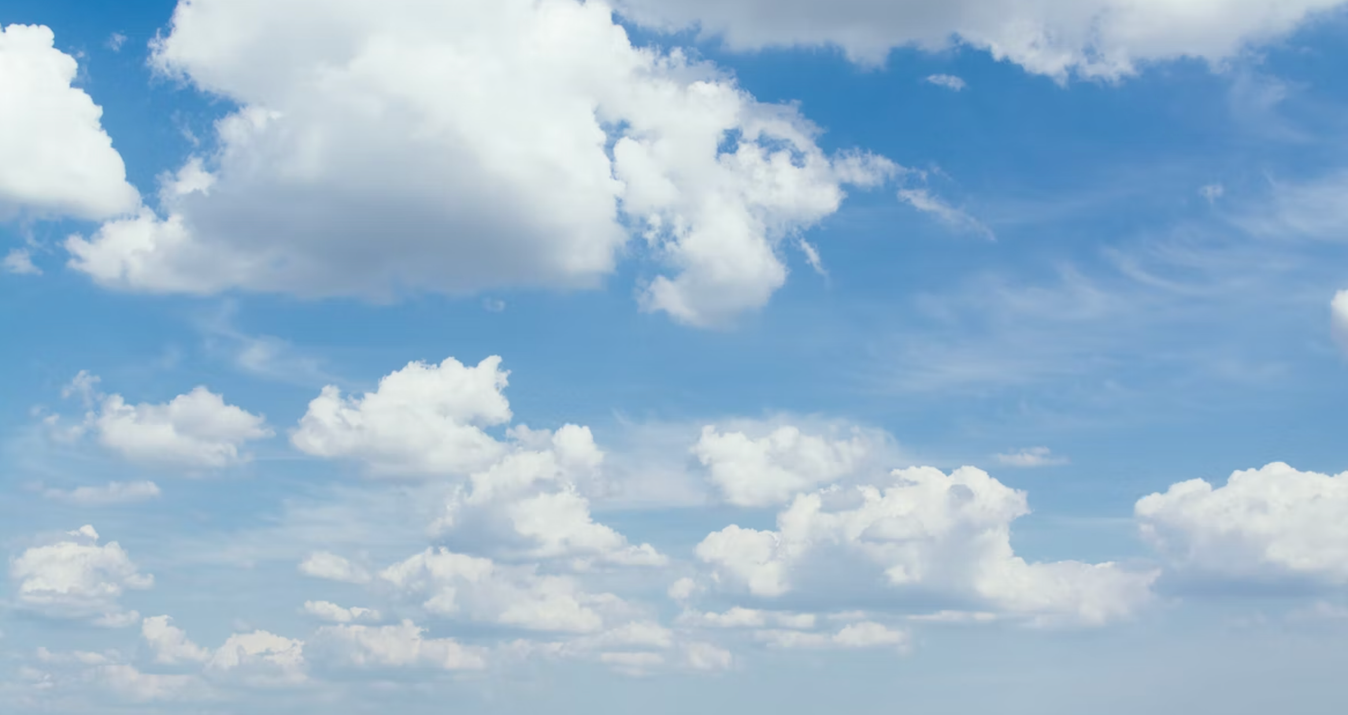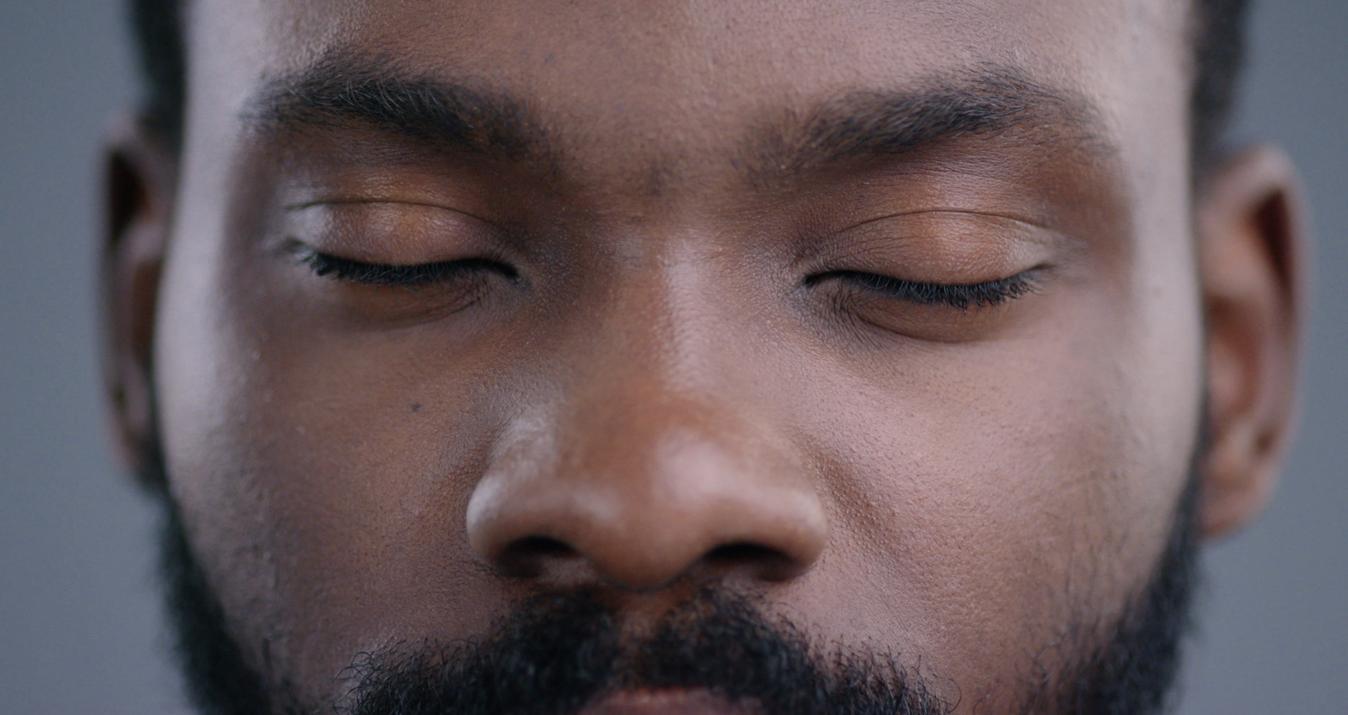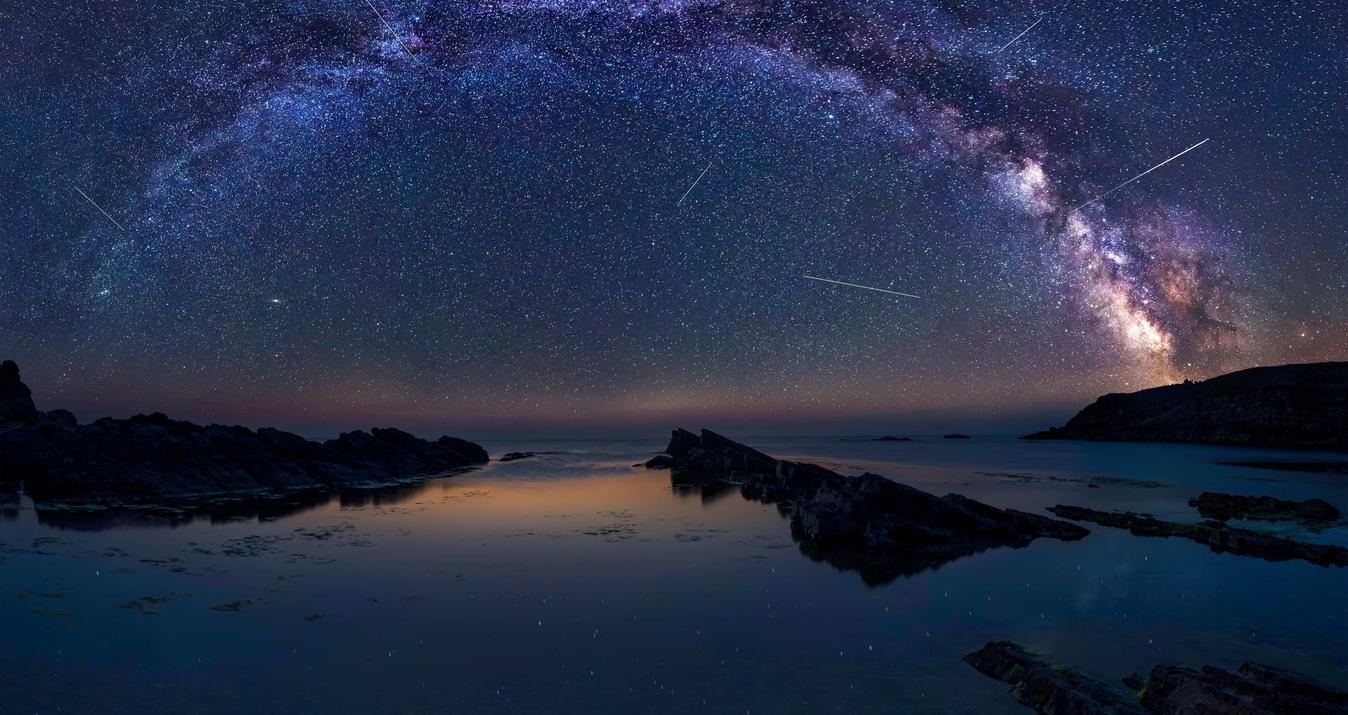There’s no post-processing program that makes converting your color images to monochrome as easy as Luminar does. If you can see it in your mind’s eye, Luminar can help you make it.
Skylum Luminar is not only a powerful but easy-to-use tool for color images, it can convert them into beautiful monochrome works of art. Whether your taste is for high contrast black and white, toned images or more ethereal surreal photos, Luminar can handle it. Whether your taste is for high contrast black and white, toned images or more ethereal surreal photos, Luminar can handle it.
There are many ways to use Luminar to convert your color image to monochrome. The easiest is to simply start with the B&W Conversion filter which offers control over saturation, luminance and even offers color filters that work like the glass filters we used to put over our lenses when shooting with B&W film.
I will discuss two basic monochrome workflows. One is very simple, quick and efficient. The other a more artful and deliberate approach.

1. Basic B&W Conversion
For those of you who don’t want to make major changes to your photos, but do want good looking monochrome images from color pictures, just open the default B&W workspace that ships with Luminar and your picture will instantly be transformed into a good, solid, monochrome image.
This filter does the heavy lifting in any good monochrome workflow in Luminar. I like the fact that unlike some of the basic tools in other image editing programs, the default corrections don’t end up throwing away a lot of data. If you use the B&W Conversion Filter in Luminar you are making the correction with the maximum amount of information in the image available.
Scott Bourne
This is a simple filter, but it has a variety of sliders that you can tweak if you know what you are looking for. For instance, the Luminance sliders will adjust the brightness of each color as it is converted to monochrome.
This truck almost looked like something I would shoot as an HDR image but I used the Top&Bottom lighting filter to manage the dynamic range before converting to monochrome. For this image, I used the Top & Bottom Lighting filter, then added some Details Enhancer and the Orton Effect. Finally, I applied the B&W Conversion.
You can also control overall contrast, highlights, shadows, etc. You can add detail in the entire image with the help of AI image adder tool or just in the shadows or the highlights. All those corrections are available in this standard monochrome workspace and every time it will deliver a basic, pleasing conversion even if you don’t touch a single slider.
Once you have this conversion done you are of course free to add additional filters to make more creative decisions and I’ll spend the bulk of the rest of this post explaining how I approach that task.
This is a photo of Monument Valley, Utah. I wanted an Ansel Adams-like, high contrast image here since that is the sort of approach that suits this place in my opinion. I used the following filters to get there: B&W Conversion, Advanced Contrast, Clarity, Tone, Top&Bottom Lighting, Dramatic, Details Enhancer.

2. Creative B&W Conversion
It’s one thing to simply convert a color image into a monochrome image. It’s another to do it artfully. Thankfully Luminar makes that easier.
I have been playing around with many of the filters commonly used to make B&W images and gotten great results. But then I had the idea of mixing in some of the filters usually applied for details and drama together with the regular B&W tools and I had better success.
Luminar is a great tool to enhance the colors in bird photography, but sometimes the b&w treatment works even better. Take the eagle image, for example, it’s made up of the usual monochrome filters in Luminar, but then by experimenting with what I am calling the “Fearsome Foursome” I made an image I really like.
The Image Radiance and Orton Effect filters commonly work together to create very ethereal, fantasy like images. That tends to reduce the detail and give photographs more of a glow. But what if you mixed that effect with filters that bring back detail? Wouldn’t they just cancel each other out? Turns out the answer is no.
I added in the Details Enhancer and the Microstructure in Luminar after applying the standard monochrome filters and the Radiance/Orton filters and the monochrome eagle portrait you see here is the result.
While there is a pleasing glow to the picture, there is also a ton of detail. Whether or not the effect is to your liking, the thing to note is that mixing and matching filters in Luminar (even those that don’t automatically appear to go together) can deliver stunning results.
The mix of B&W Conversion, Curves, Structure, and Vignette helped me achieve this look. As you see, old rusty subjects look good as sepia-toned monochromes.
Workspace & preset by Scott Bourne
Scott has created his custom workspace for Monochrome. To add the workspace, open any image in Luminar (standalone mode) - click on File - Show Workspaces Folder - drag the .plist file to the Workspaces folder in Finder. To add the Sepia preset, go to File - Show Presets Folder and add the .lmp file there.
Conclusion
There’s no other post-processing program that makes converting your color images to monochrome as easy as Luminar does. If you can see it in your mind’s eye, Luminar can help you make it. But even if you can’t pre-visualize your result, the use of Luminar’s powerful presets and all 40 of its filters can help you click your way through pictures in a way that lets you discover the artist within you.




















